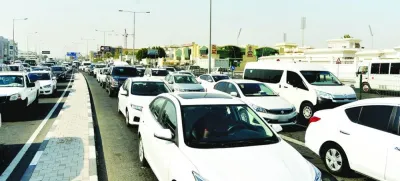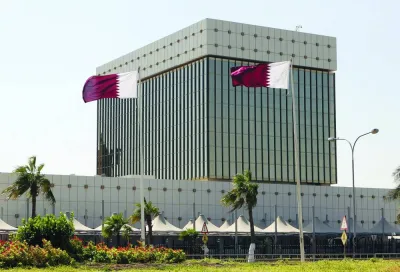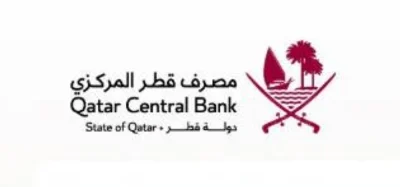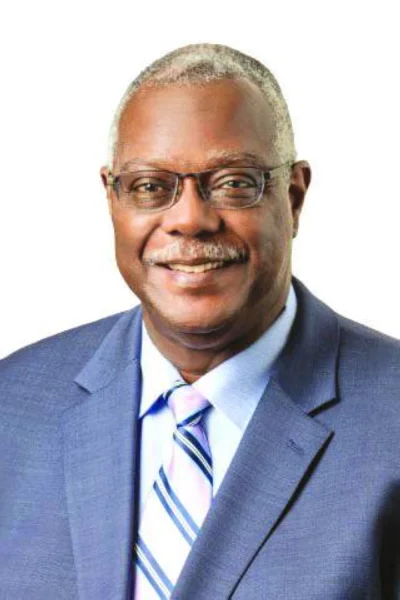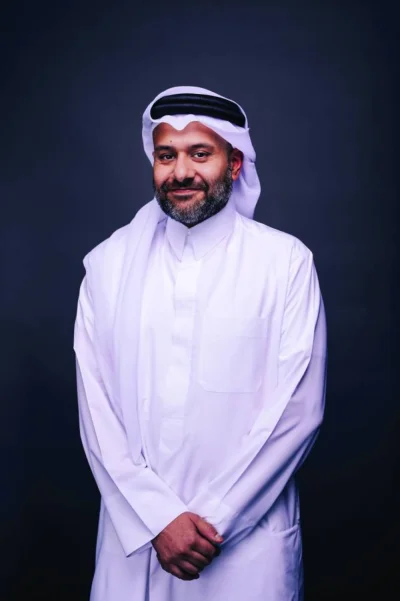The Gulf Co-operation Council (GCC) will soon enter into free trade agreement (FTA) with China and the region is in advanced stage of negotiations with South Korea; while it seeks to upgrade agreement with Singapore and is in talks with India as part of deepening and integrating with the Asian economies.Highlighting that the trade amounted to $516bn between the GCC and Asia in 2021, the GCC secretary general Jasem Mohamed al-Budaiwi said given the high value, there is a need to maintain and strengthen this level."We are now engaged in a very deep (talks) and hopefully very soon, we will conclude our FTA with China," he told a panel discussion ‘Asia and the GCC: A Deepening Partnership’ at the Doha Forum 2023, moderated by Dr Dania Thafer, senior fellow, Middle East Council on Global Affairs.China and the GCC had held almost a dozen rounds of negotiations during 2005-22 regarding a bilateral FTA. China was seen as the GCC's top trading partner and the leading destination for petrochemical product exports within the grouping."We are also extremely close (to FTA) with South Korea," he said.The ongoing talks over the establishment of a FTA with the GCC reflect a desire among South Korean policymakers. South Korea and the GCC had explored the possibility in 2007, with formal negotiations in 2009, but after three rounds of negotiations that year, there wasn't much progress. The talks were finally revived in 2022 and have since moved rapidly, with three rounds of talks in 2022, and the latest in February 2023.Acknowledging that the GCC is in talks with Singapore with which it already has a FTA; he said the GCC would like to "upgrade" it.The GCC secretary general stressed that strengthening the relationship with Asia does not mean the Gulf countries are moving away from their traditional and historical strategic partners such as the US and Europe.The effort by the GCC to get more engaged and integrated with Asia comes in view of the Gulf countries opening up many new areas and entering into new partnerships, he added.Professor Shuji Hosaka, board member of the Institute of Energy Economics, Japan (IEEJ) and director of JIME Center, a unit of IEEJ, said it is important to eliminate the barriers between Japan and the Gulf region for which one of the most key factors is FTA."Negotiations between Japan and the GCC will restart next year and the Japanese government and the business circles hope that negotiation will reach a conclusion soon," he said.Finding that the conventional trade relationship is no longer workable, he said in order to maintain the influence in the region, Japan has strengthened its relationship with the Gulf by forming economic ties and Tokyo has achieved this through establishing multilayered strategic partnership with the countries in the region.Dr Abdulaziz Sager, chairman, Gulf Research Center, said 67% of the GCC exports go to Asia, primarily Japan, China, South Korea and India and other Asean countries as it termed the Asian region as the major trading partner.However, "we have not turned to the East rather we are looking at the East", he said, adding investment has been improving a lot between both sides (GCC and Asia) and energy trade relation is improving again in clean energy, hydrogen and other alternatives.Professor Wu Bingbing, Director, Center for Middle Eastern Studies, Peking University, said as much as 40% of China's oil needs is met by the GCC. "China has a very strong relationship with the GCC countries and is getting stronger," he added.

Santhosh V. Perumal
Santhosh V. Perumal, a postgraduate in Econometrics with an advance qualification in Capital Markets and Financial Services, is Gulf Times' journalist. His coverage areas are debt and equity, hydrocarbons, international trade, environment, banks, insurance and real estate. Previously, he was in New Delhi, India as Senior Finance Correspondent of PTI.
Most Read Stories



